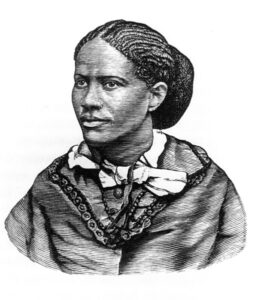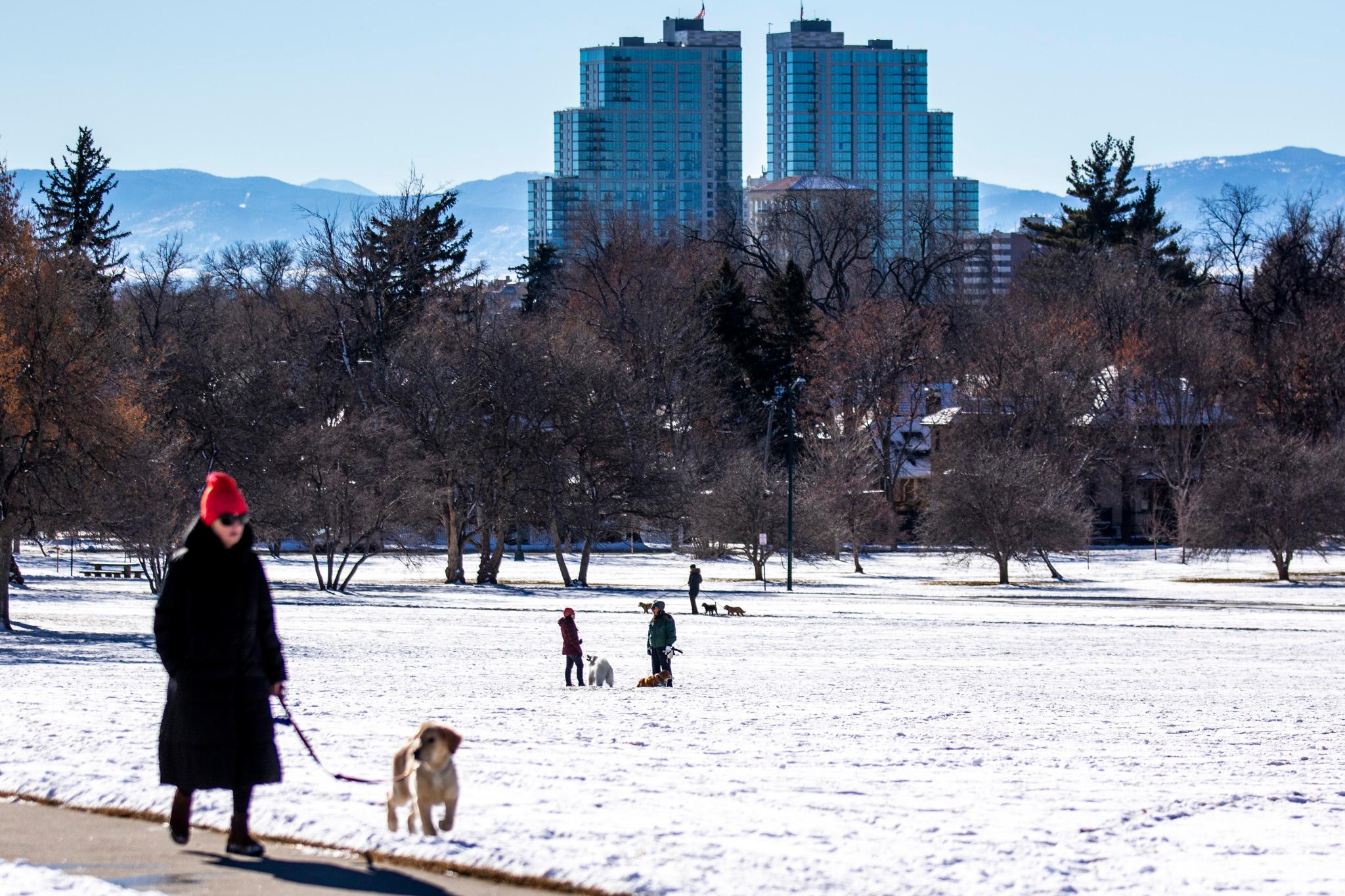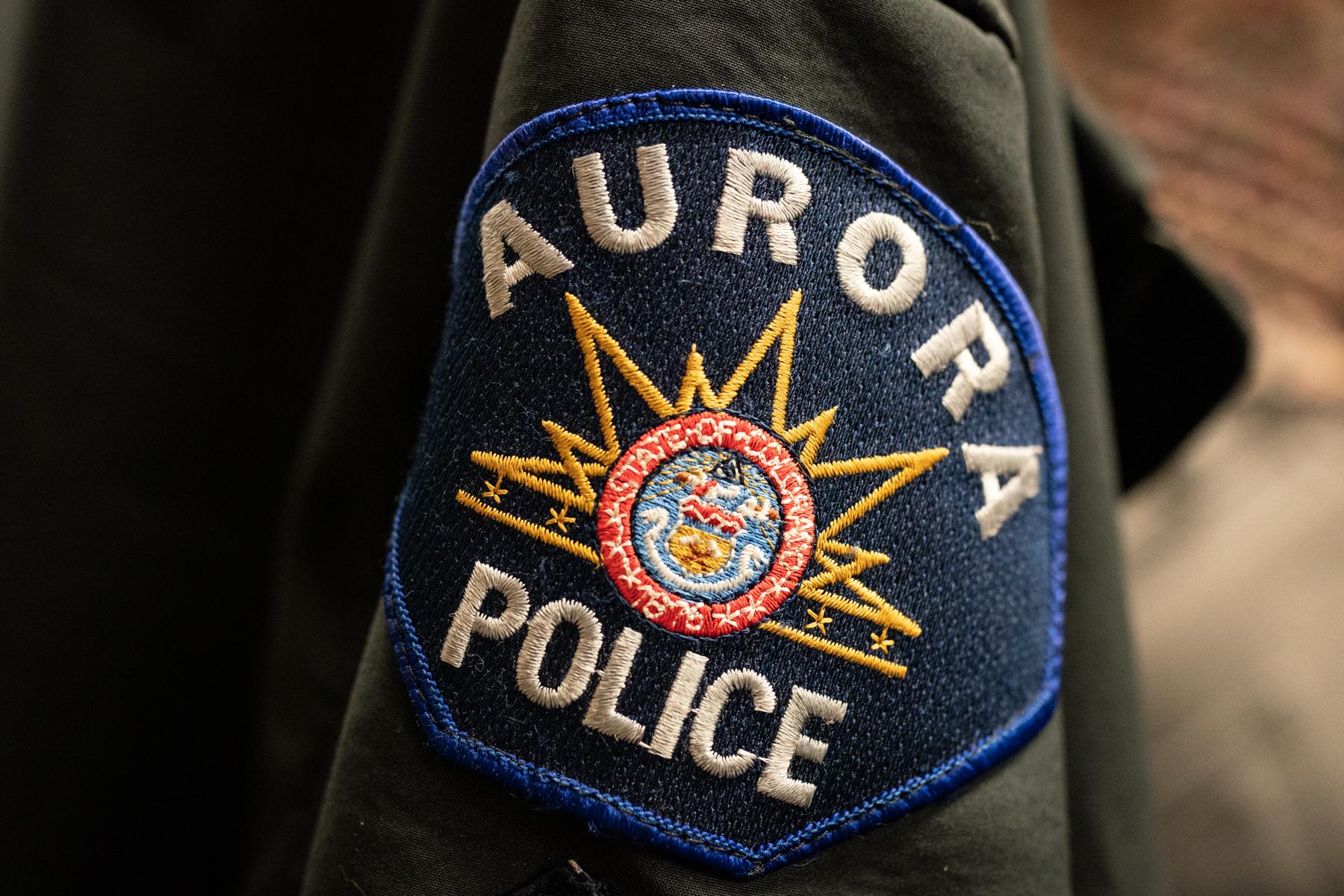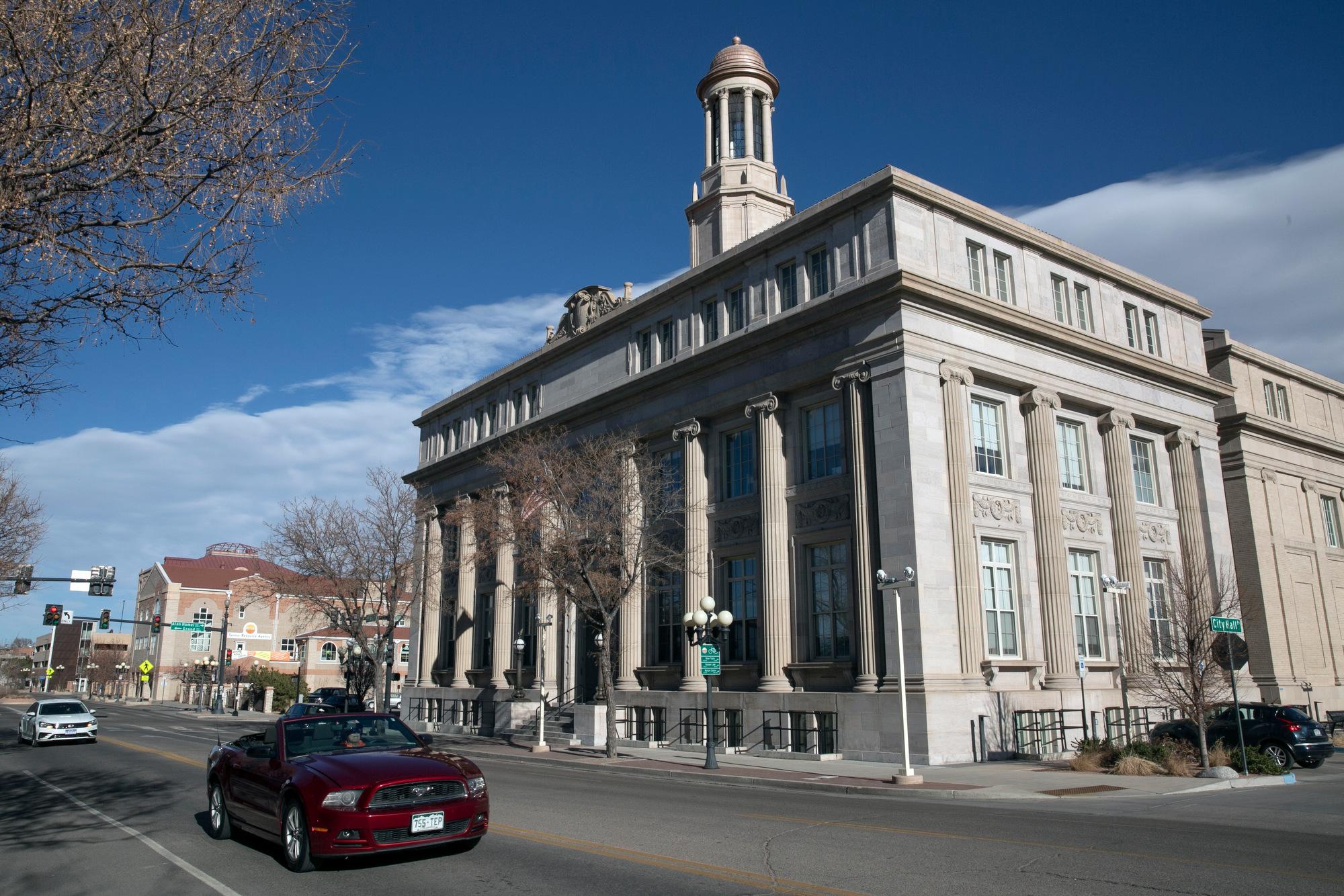UPDATE: CPR Classical will air “The Battle for the Ballot” on Election Day, Tuesday, November 3 at 8:00 a.m.
CPR Classical airs a brand new work by Stacy Garrop for chamber orchestra in a special one-time broadcast on CPR Classical ~ Saturday, September 5 at 1:00 p.m.
American composer, Stacy Garrop’s brand-new work “The Battle for the Ballot”, celebrates passage of the 19th amendment 100 years ago, granting a woman’s right to vote.
It premiered online for the finale of this year's virtual Cabrillo Festival on August 9th. Two Colorado violinists, Robyn Julyan and Benjamin Tomkins joined the Cabrillo Festival Orchestra for the video performance under conductor Cristian Măcelaru.
The sixteen and a half minute work for chamber orchestra and narrator uses the words of white and Black suffragists: Jane Addams, Susan B. Anthony, Carrie Chapman Catt, Carrie W. Clifford, Frances Ellen Watkins Harper and Adella Hunt Logan and Mary Church Terrell.
CPR Classical airs “The Battle for the Ballot” on September 5 at 1:00 p.m. ~ a special one-time broadcast during CPR Classical's Essential Classics Weekend.
Stacy Garrop writes about “The Battle for the Ballot”:
Democracy in the United States has always been a messy process that is in a constant state of flux. When the nation’s Constitution was penned, the framers of the document didn’t differentiate voting rights between men and women. This led to various interpretations in the thirteen original colonies. For instance, while most of the colonies passed state laws that stipulated only a male adult who possessed property worth fifty pounds to vote, New Jersey’s laws allowed women to vote between 1776 and 1807, after which they were excluded. Women weren’t the only disenfranchised party in these states – slaves, men of particular religions, and men too poor to own the requisite amount of land were excluded as well. As the country progressed, wording was added to many states’ voting laws to ensure that white men (and a slim grouping at that) were the sole possessors of the vote.
Women’s inability to vote carried significant consequences. They paid taxes with no legal voice in crafting the laws of the land (i.e. taxation without representation). They were barred from becoming politicians, formulating laws, and serving on juries. If a woman got married, she immediately lost custody of her wages, children, possessions, and property. Women grew progressively frustrated by these circumstances and began to organize. The first women’s rights convention was held in 1848 in Seneca Falls, New York, and officially launched the beginning of the women’s Suffrage movement. While additional conventions were held over the next several years, forward progress was halted during the Civil War (1861-1865), after which the cause was taken up again. Starting in the late 1860s, various Suffrage organizations formed, fell apart, and re-formed in pursuit of rallying women and men to the cause.

Black Suffragists were not treated well by many of their white counterparts; as a result, they created organizations and clubs of their own. Even when the Nineteenth Amendment was passed in 1919 and ratified in 1920, many states immediately passed laws that blocked Black women from voting by one means or another; this situation wasn’t rectified until Congress passed the 1965 Voting Rights Act which federally protected all citizen’s right to vote and put an end to discriminatory practices throughout the country.
Nonetheless, we still witness today how various parts of our nation try new methods to disenfranchise Black women and men from voting. For instance, in June 2013 the U.S. Supreme Court removed a significant section of the 1965 Voting Rights Act which enabled especially southern states to once again seek to disenfranchise primarily Black voters because they are no longer required to get the approval of the Justice Department when revising voting laws in their states. Not only is democracy a messy process, but it is something we must be vigilant in safekeeping for all of our citizens.
You can listen to CPR Classical by clicking "Listen Live" on this website. You can also hear CPR Classical at 88.1 FM in Denver, at radio signals around Colorado, or ask your smart speaker to “Play CPR Classical.”









